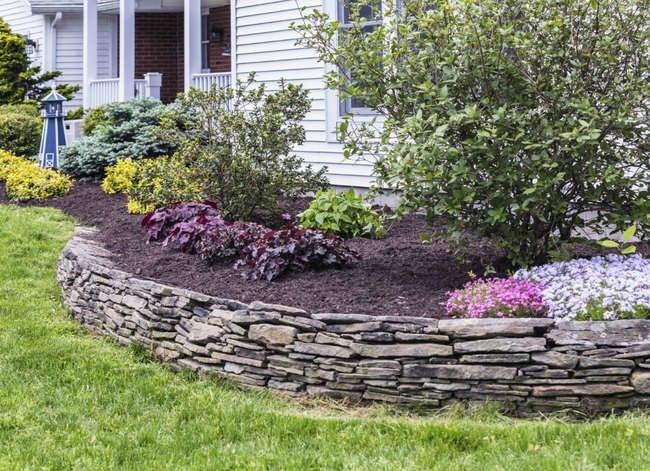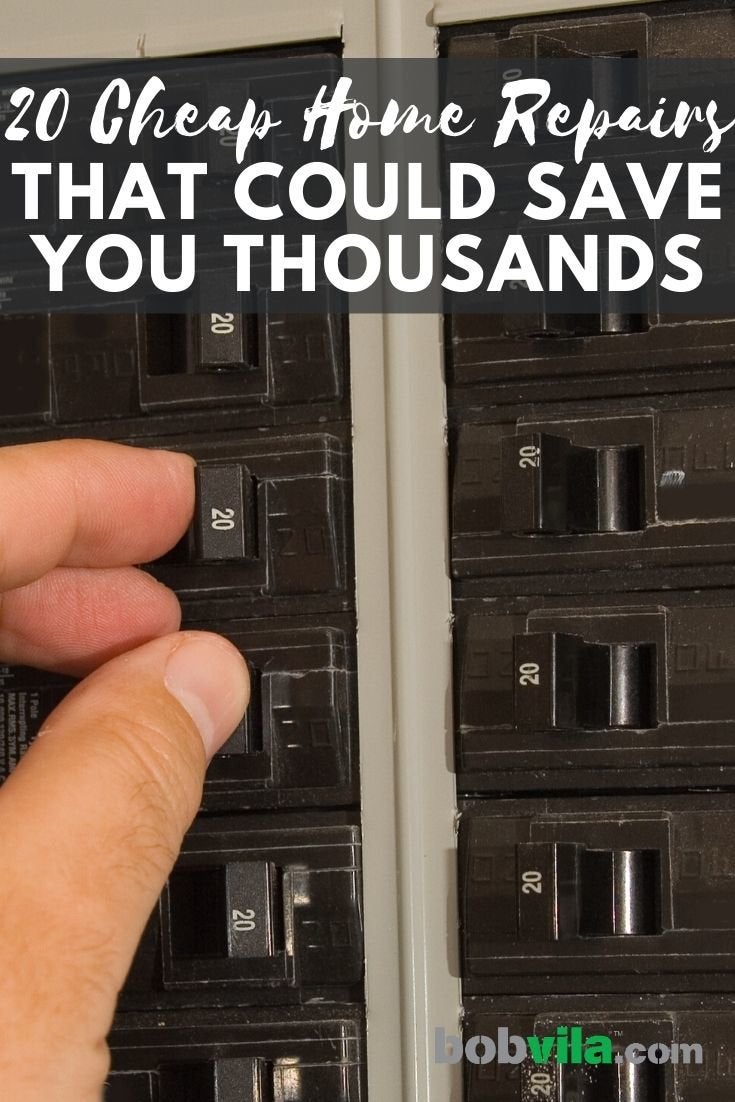We may earn revenue from the products available on this page and participate in affiliate programs. Learn More ›
Small Repairs, Big Savings
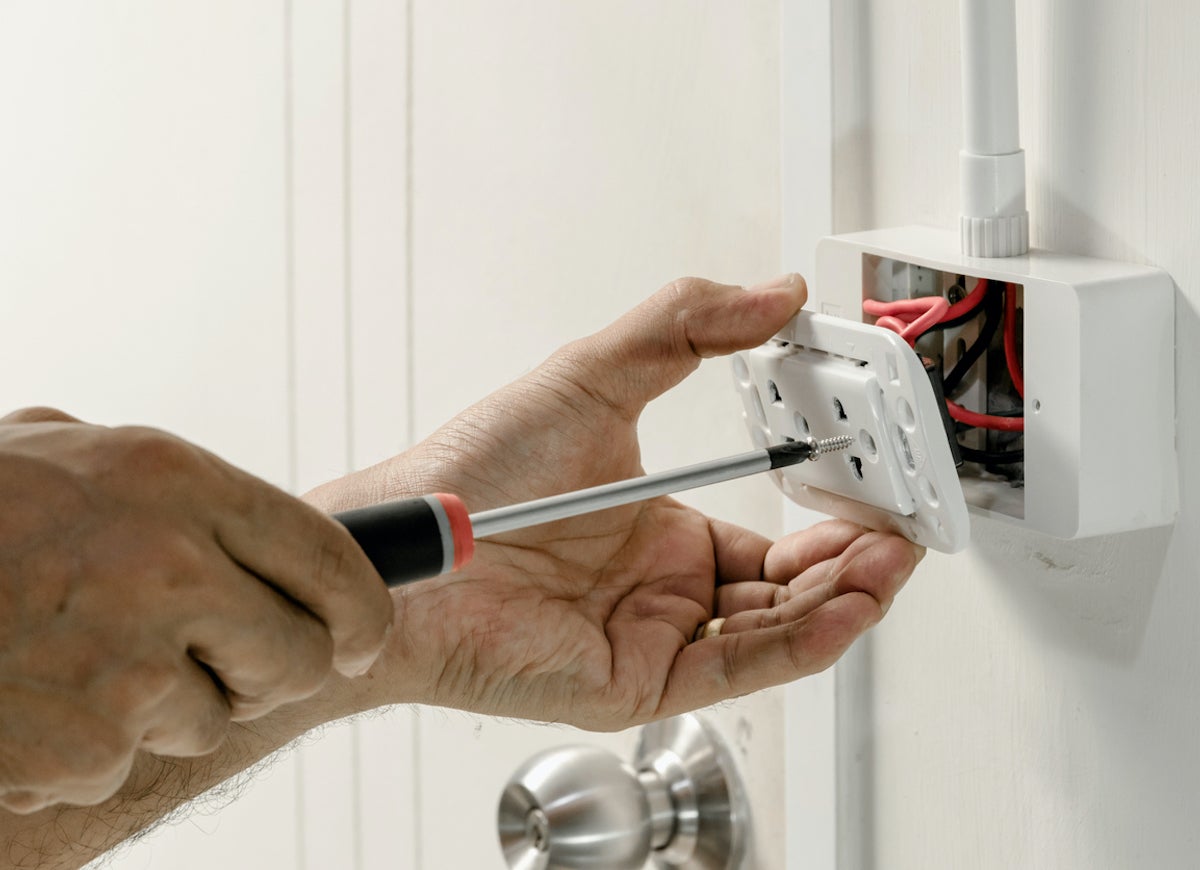
When you first notice a small home mishap, it’s easy to ignore it and to tell yourself you can fix it later. After all, it’s only a minor concern, right? Wrong. You’re much better off making these house repairs now when they’re still quick and cheap to fix. Keep reading to see what repairs you should be making sooner rather than later.
Stop Talking and Start Caulking
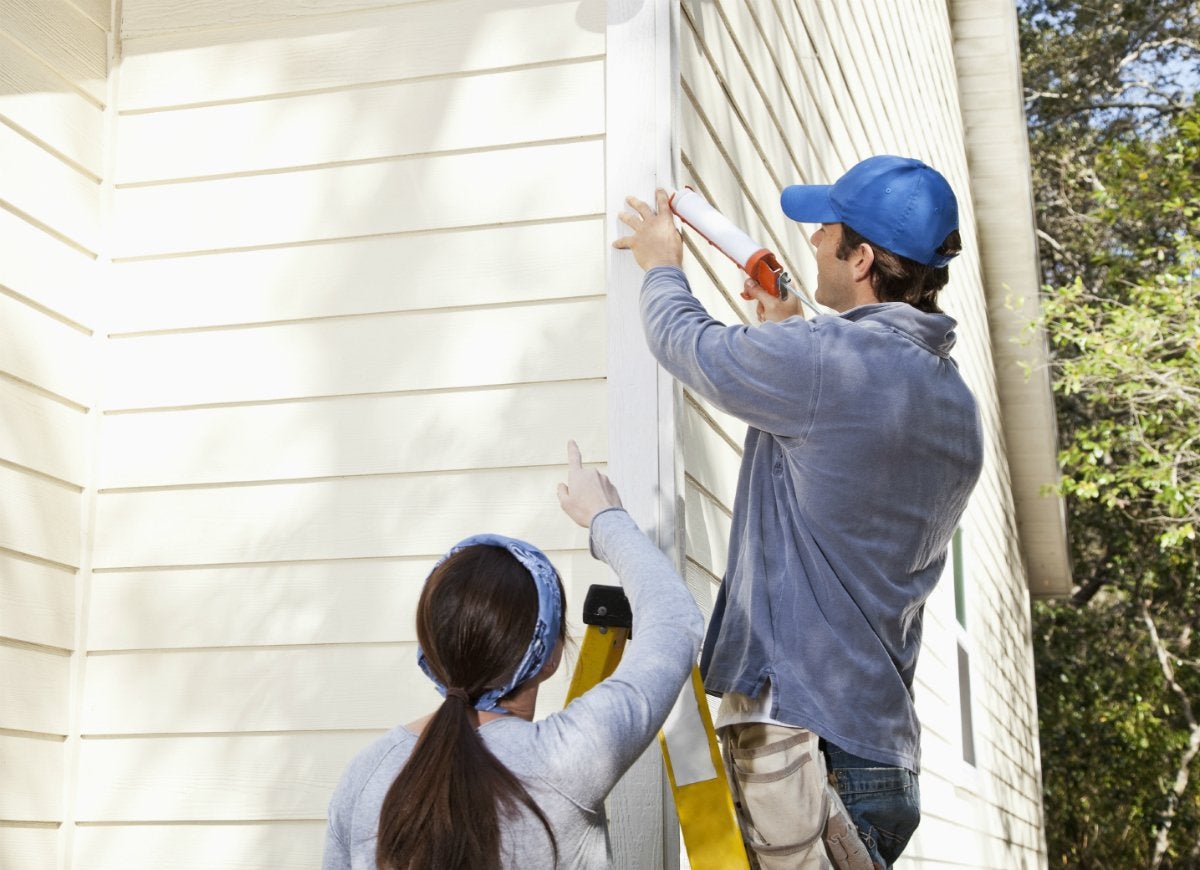
Exterior caulking loses its integrity over time. When it begins to crumble and pull away, it can allow rain to seep through windows, where it can potentially cause the wood to rot. To prevent the problem, remove old caulking and replace it with a new paint-grade formula around windows and doors to seal out moisture.
Related: 15 Problems Around the House That You Can Solve With Caulk
Perk Up the Paint
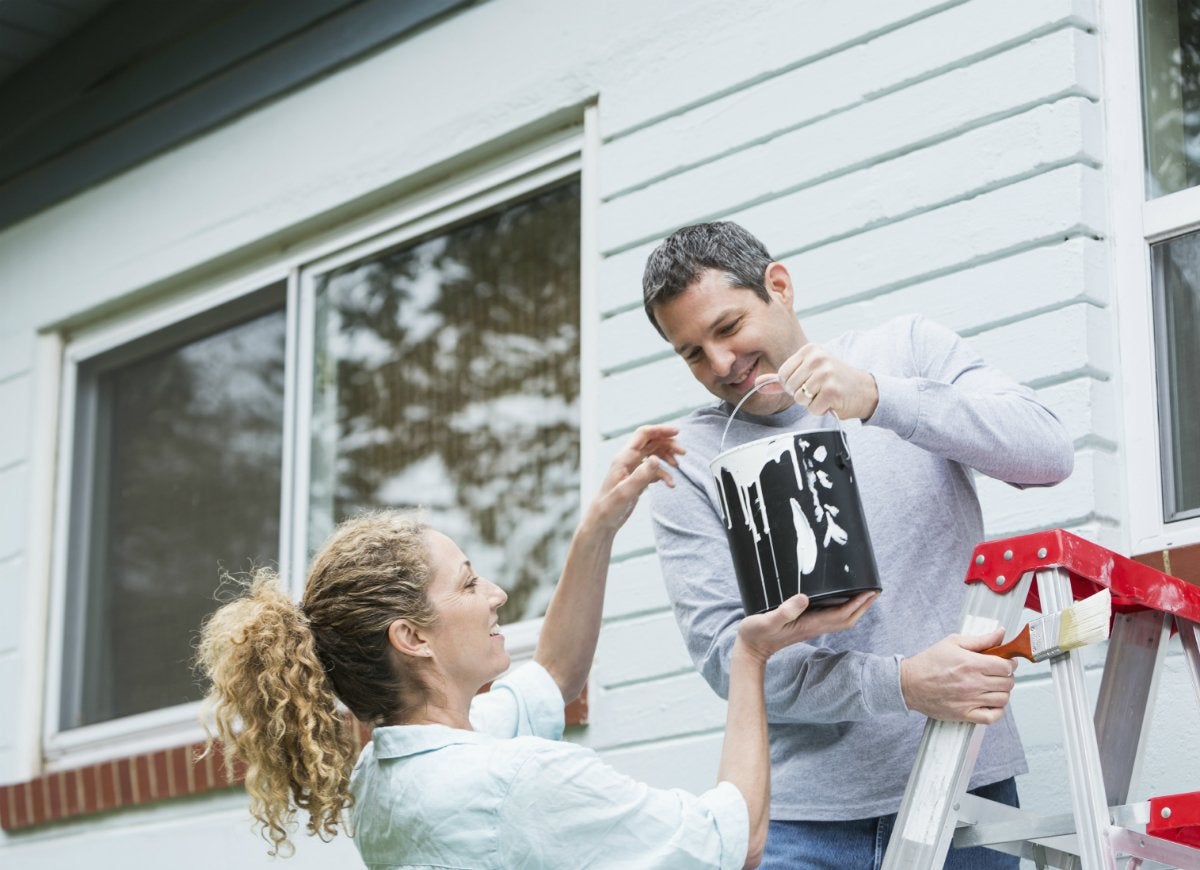
It might not be your favorite to-do, but painting your house at the first sign of peeling will protect the siding and structure from weather and water damage. While a DIY paint project can set you back a few hundred dollars, you’ll be paying thousands if you have to replace rotted siding.
Related: 12 Exterior Paint Colors That’ll Help Sell Your House
Make the Grade
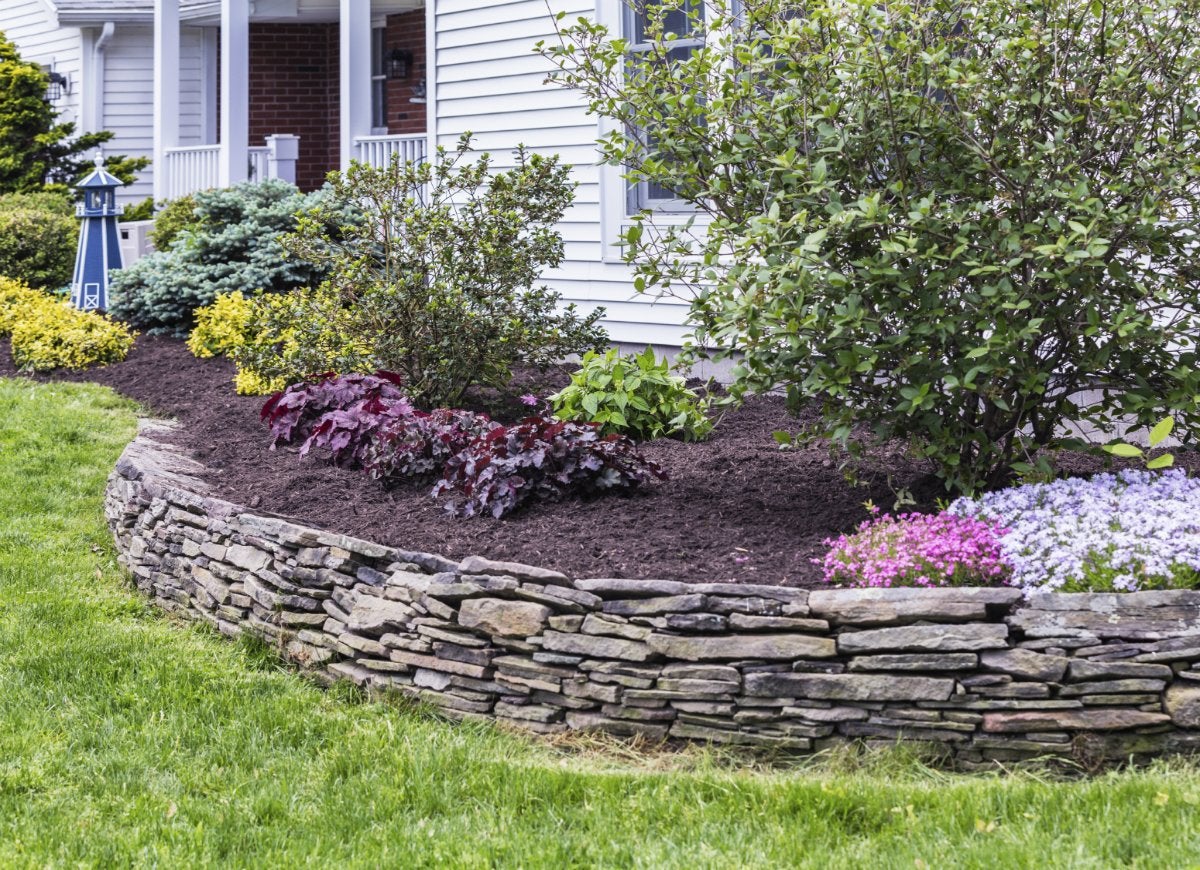
Use topsoil to bring your yard up to the proper level around the foundation. Ensuring that the yard slopes away from the foundation at no less than a 2 percent grade will prevent water from pooling next to the house, where it can lead to leaking and foundation-damaging soil heave during freeze-thaw cycles.
Filter Your Furnace
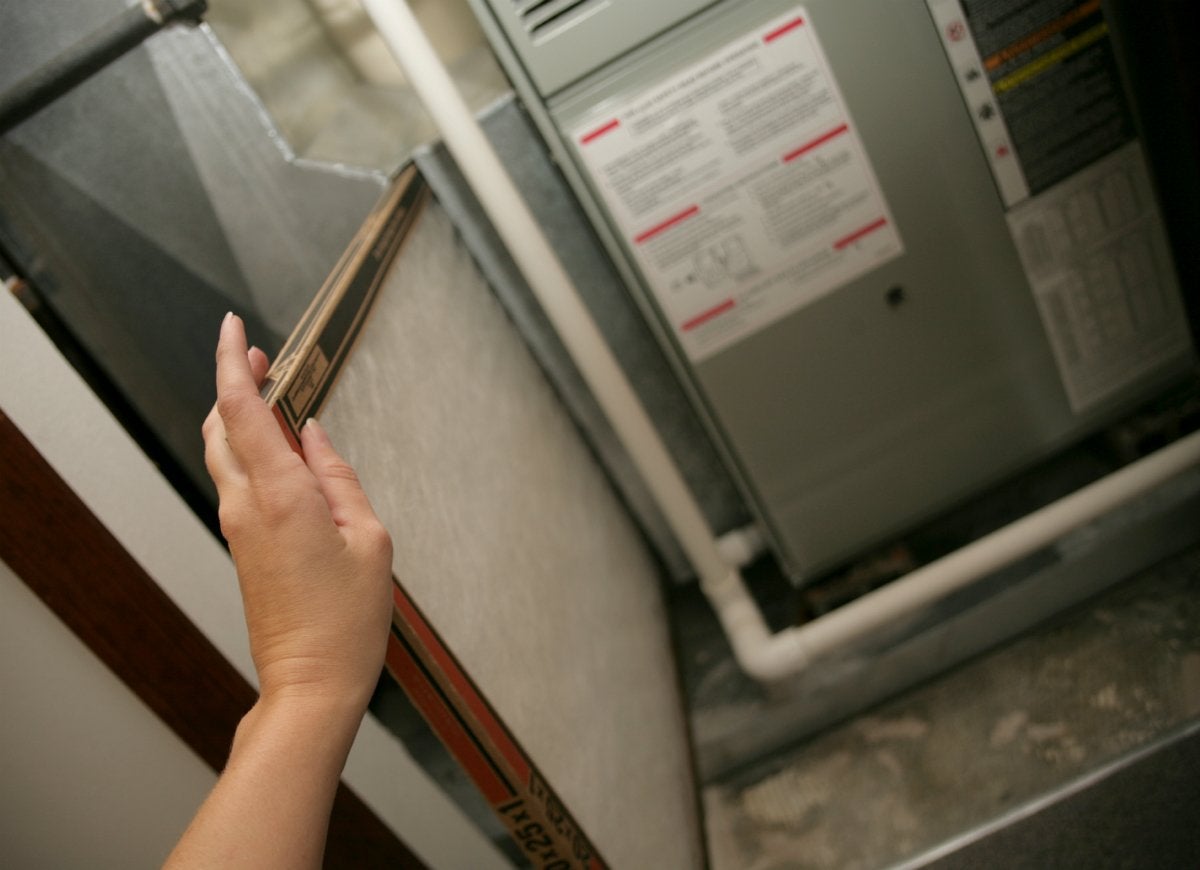
Dirty return-air filters restrict airflow to your HVAC unit, forcing its motor to work harder and ultimately costing you more cash. Replace filters (they’re cheap!) twice a year, once at the start of summer and again when winter kicks in. This simple maintenance task will help the unit operate more efficiently and last longer.
Related: 25 Easy Home Repairs You Should Never Pay Someone Else to Do
Stop Sewer Problems
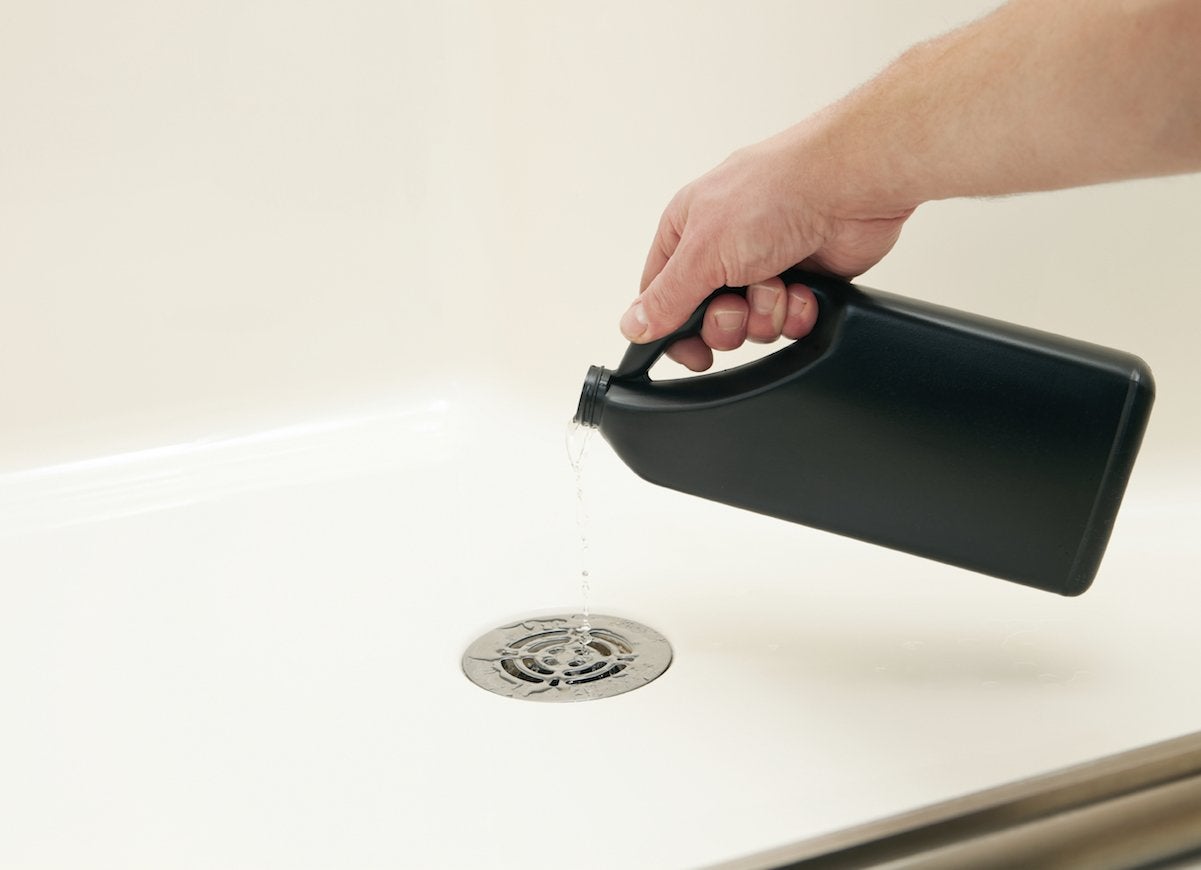
Few household mishaps are more disgusting than backed-up sewage in a tub or shower. Try flushing a main-line sewer cleaner down the drain every couple of months to keep the lines free from damaging clogs that could otherwise lead to expensive (and unpleasant) plumbing repairs.
Flip the Breakers
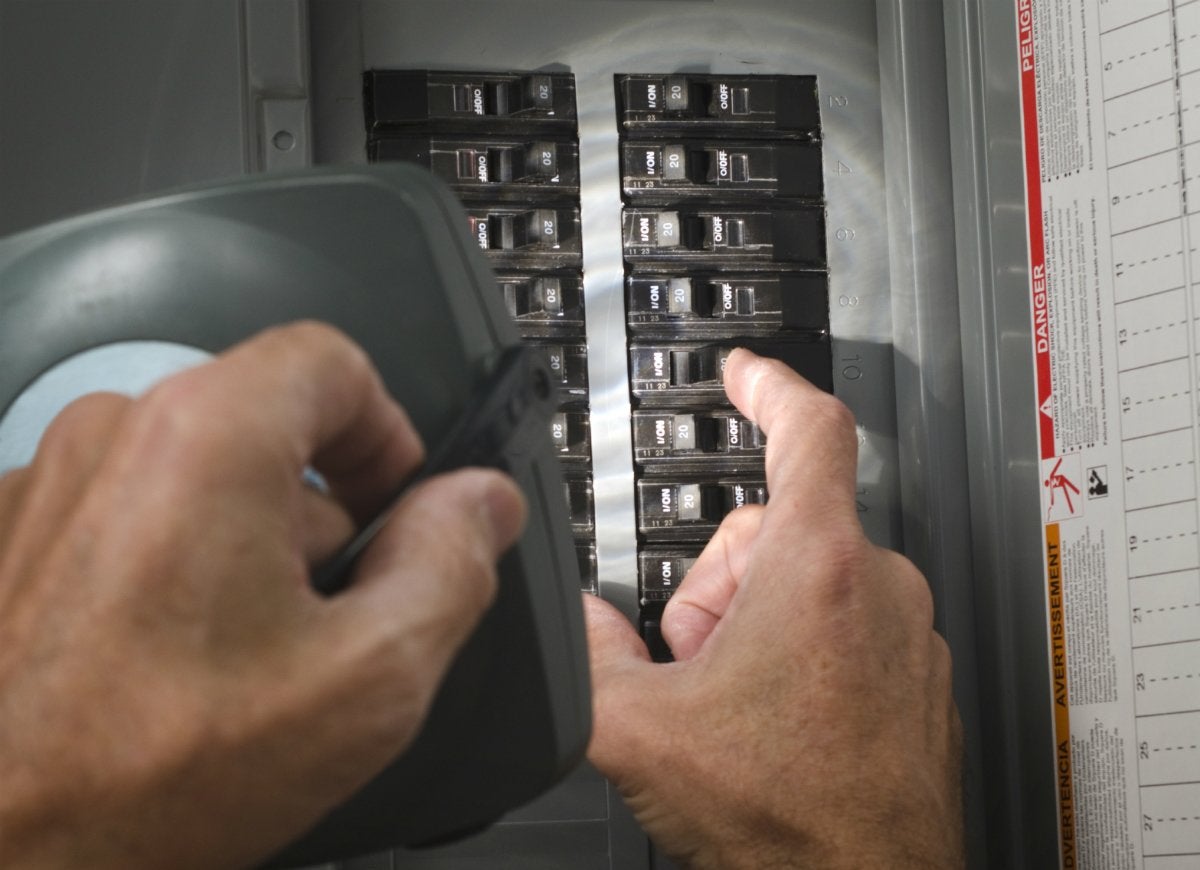
Over time, corrosion can develop on circuit breaker contacts; if ignored, this can cause irreparable damage. Every two or three months, simply flip each breaker off and back on. This simple step costs nothing but can increase the circuits’ lifespan enormously.
Related: 8 Warning Signs of Dangerously Outdated Electrical Wiring
Insulate the Attic
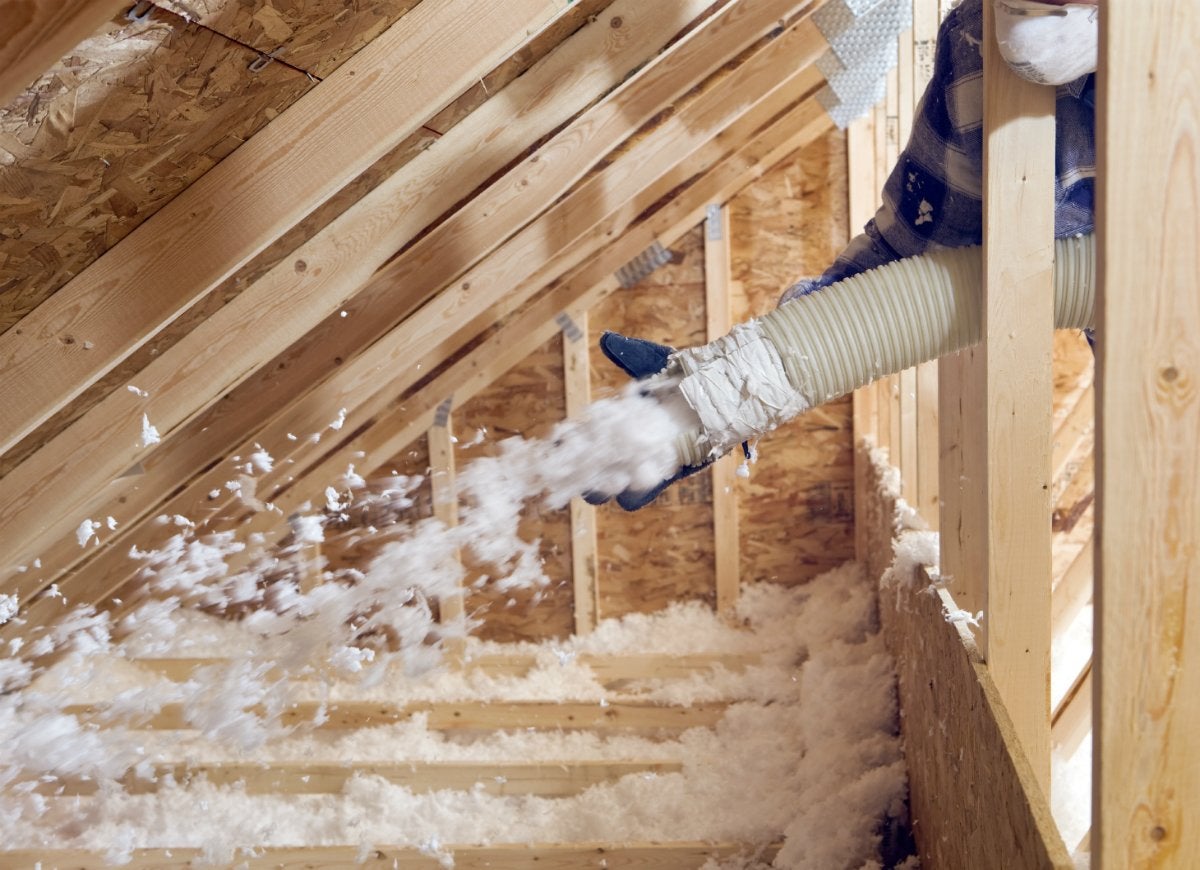
One of the greatest sources of heat loss in a home is inadequate insulation in an unfinished attic. By bringing your attic’s value up to at least R-30, you’ll save big on your energy bill. Lay new insulation batts on top of old ones, or rent a blower unit and blow in noncellulose fiber insulation to a depth of 8.5 inches.
Help the Water Heater
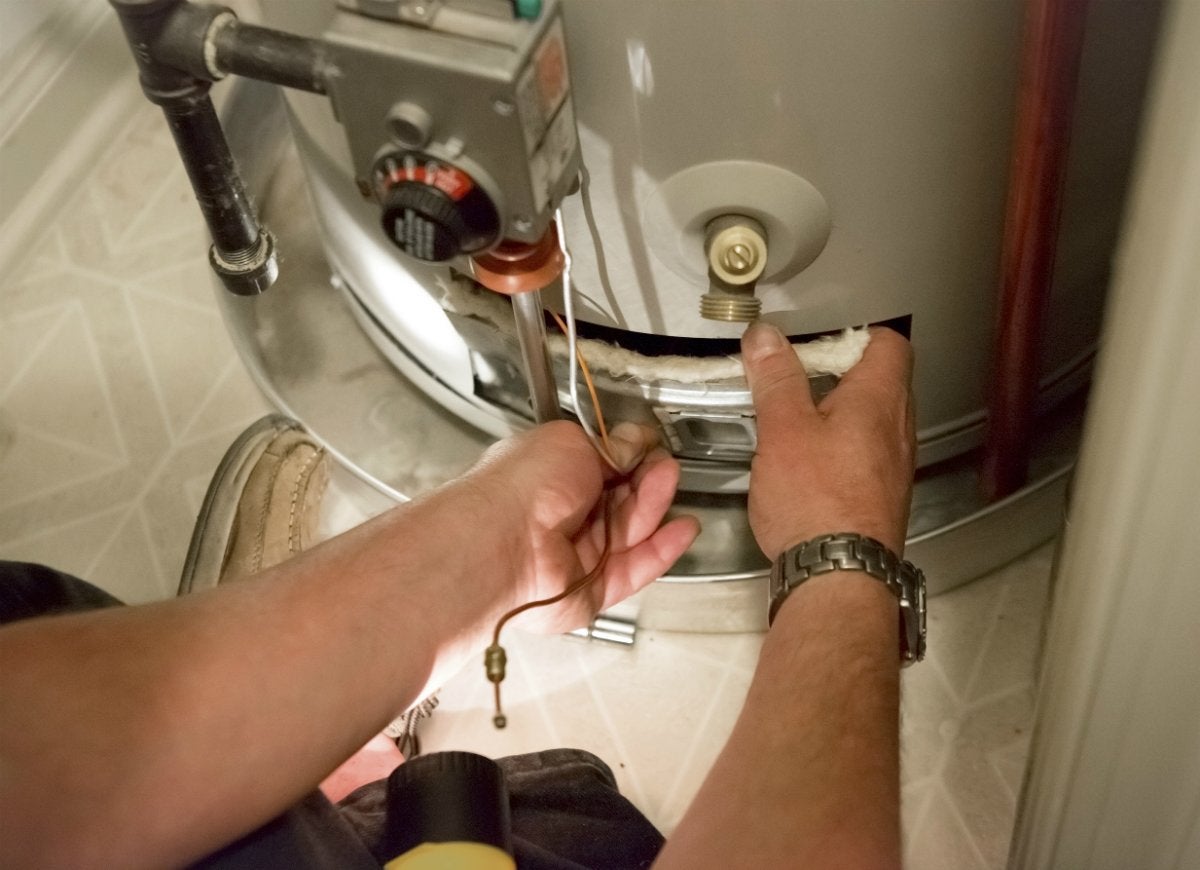
Hard water deposits and sediment can shorten the life of any hot water heater. Fortunately, you can protect your model by simply flushing it out once a year. Every fall, follow the instructions printed on the heater or in the owner’s manual to keep your unit in tip-top shape.
Seal the Shower
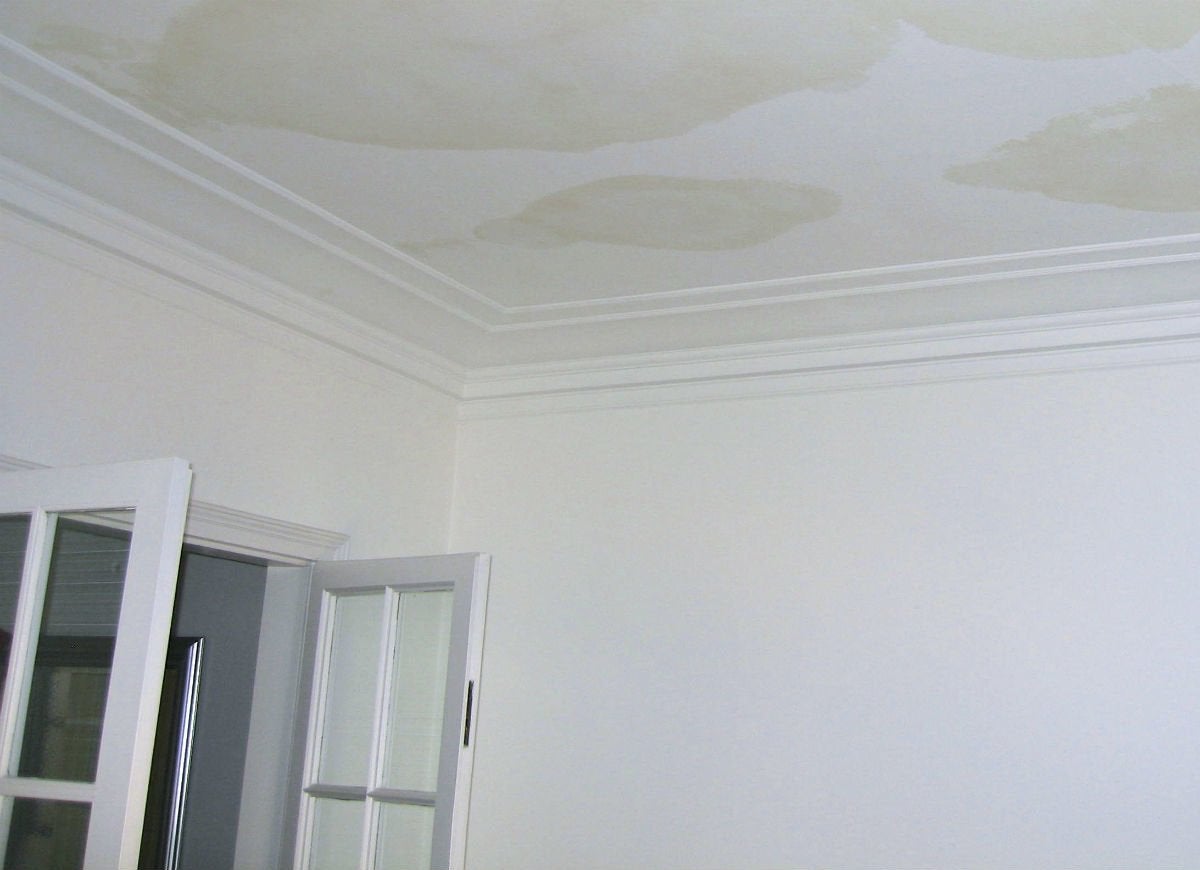
A leaky shower can result in perpetually damp drywall, which can in turn lead to mold, rot, and water damage. The cheapest way to ensure that you won’t soon be tearing out drywall or calling a mold remediation expert is to repair small leaks before they create larger problems.
Get Some Air
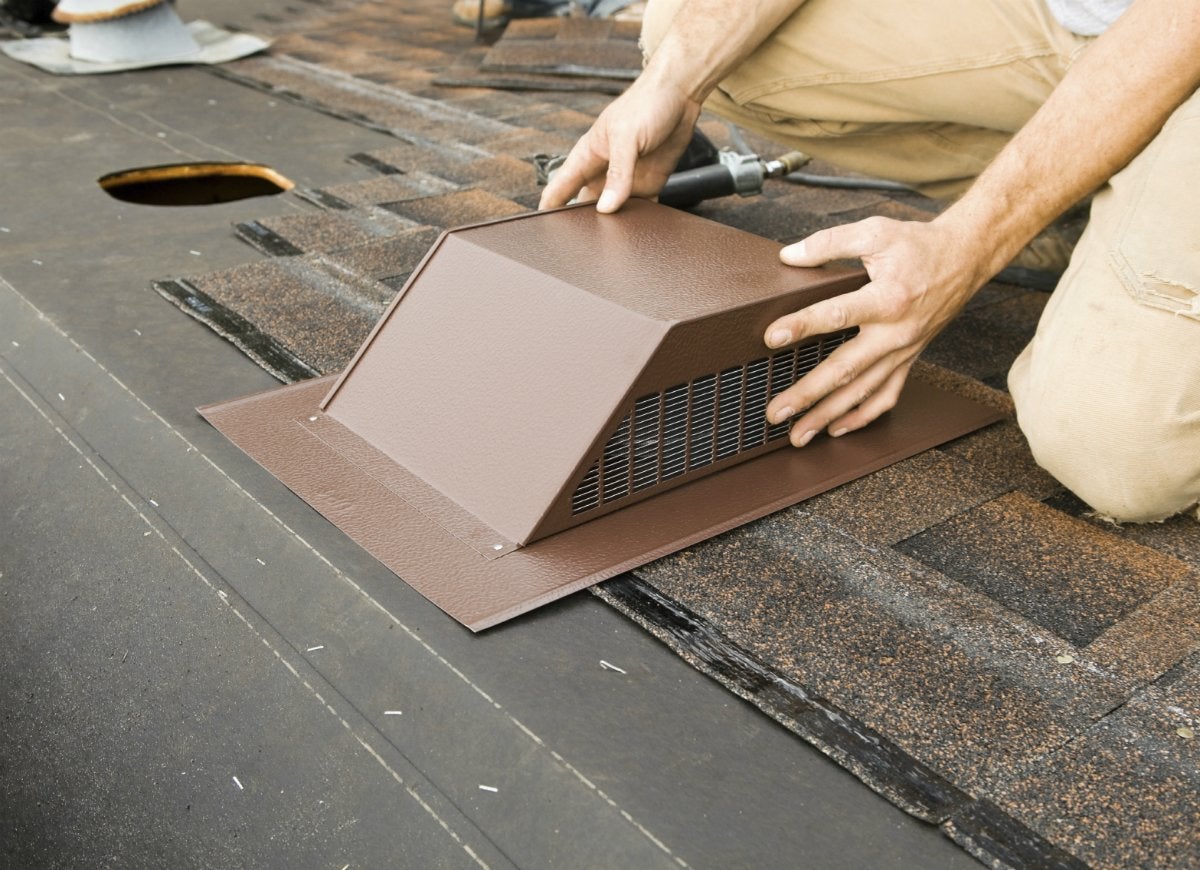
Without sufficient ventilation, the temperature in an attic can become excessively hot, which can reduce shingle life and, in some circumstances, cause rafters to bow. Install intake vents in the eaves and exhaust vents in the gables, on the roof, or at the roof ridge to encourage airflow.
Related: These Are the 12 Best Things You Can Do for Your AC
Service the Sump
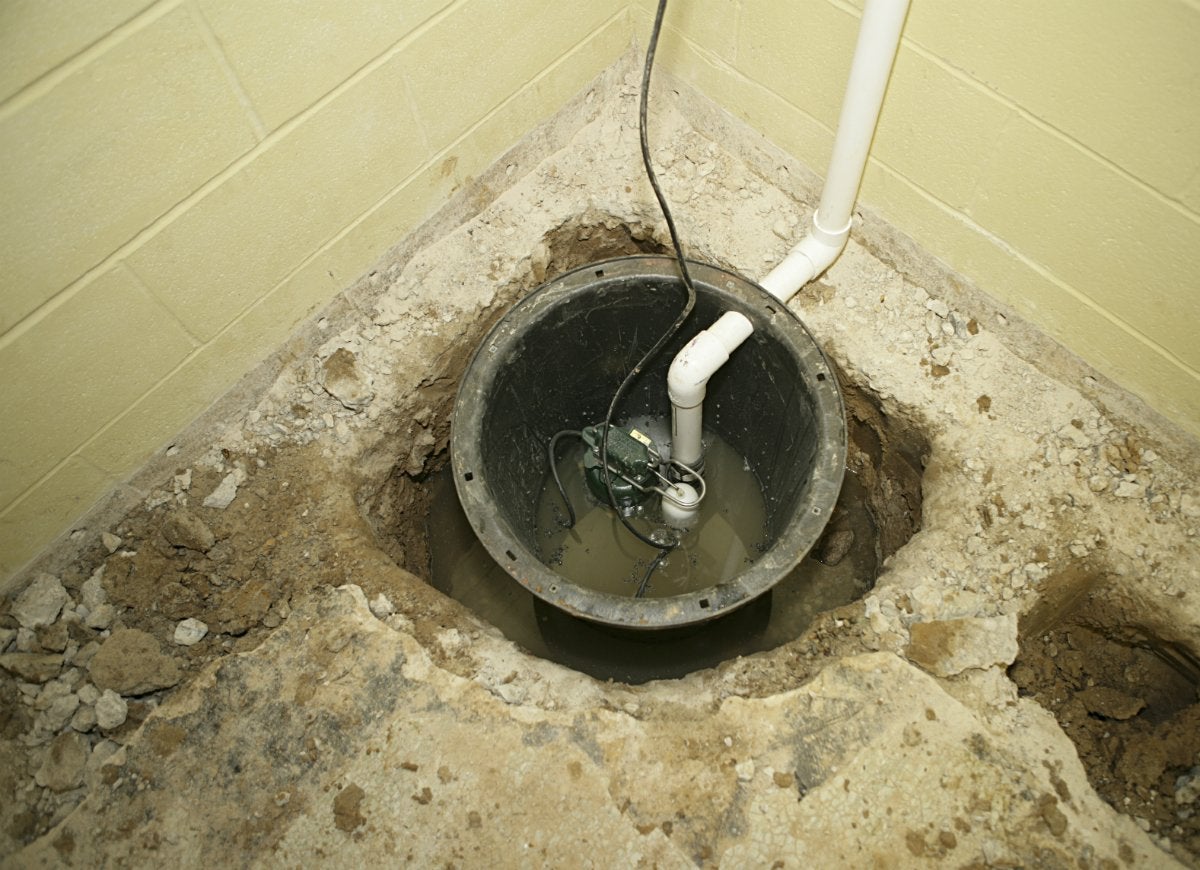
It’s easy to overlook your sump pump—until the unit malfunctions and you’re stuck with a flooded basement. You can avoid costly water damage by removing the pump from its bucket once a year and thoroughly cleaning off any debris that has accumulated on the intake screen. Follow the instructions in the owner’s manual, or look up the manufacturer and model number on the Internet for more info.
Dim the Lights
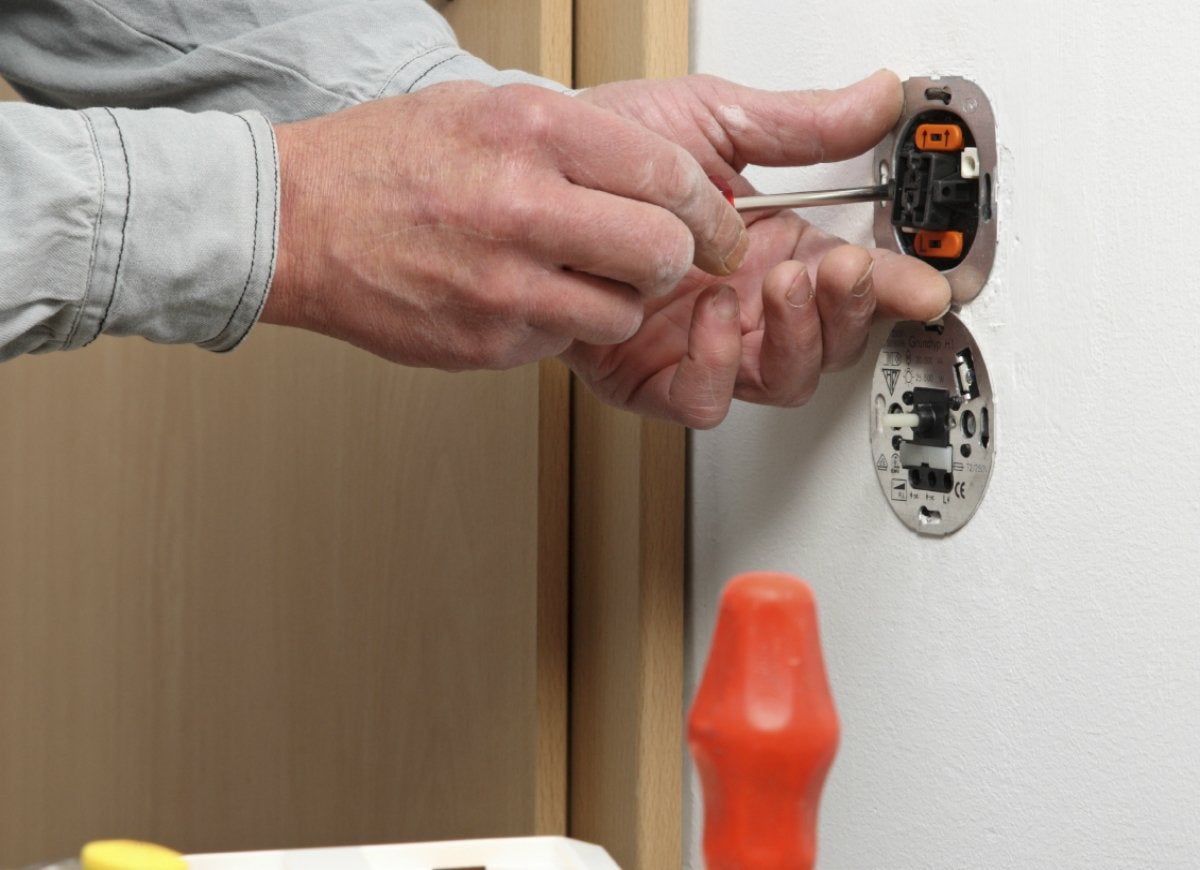
You might want a bright overhead light when you’re cooking or cleaning, but it’s just sucking energy if you’re watching TV or lounging. By replacing your old light switches with dimmers, you can amp up a room’s ambience and lower your electric bill.
Related: 21 Money-Saving Tricks That Every Homeowner Needs to Know
Clean the Gutters
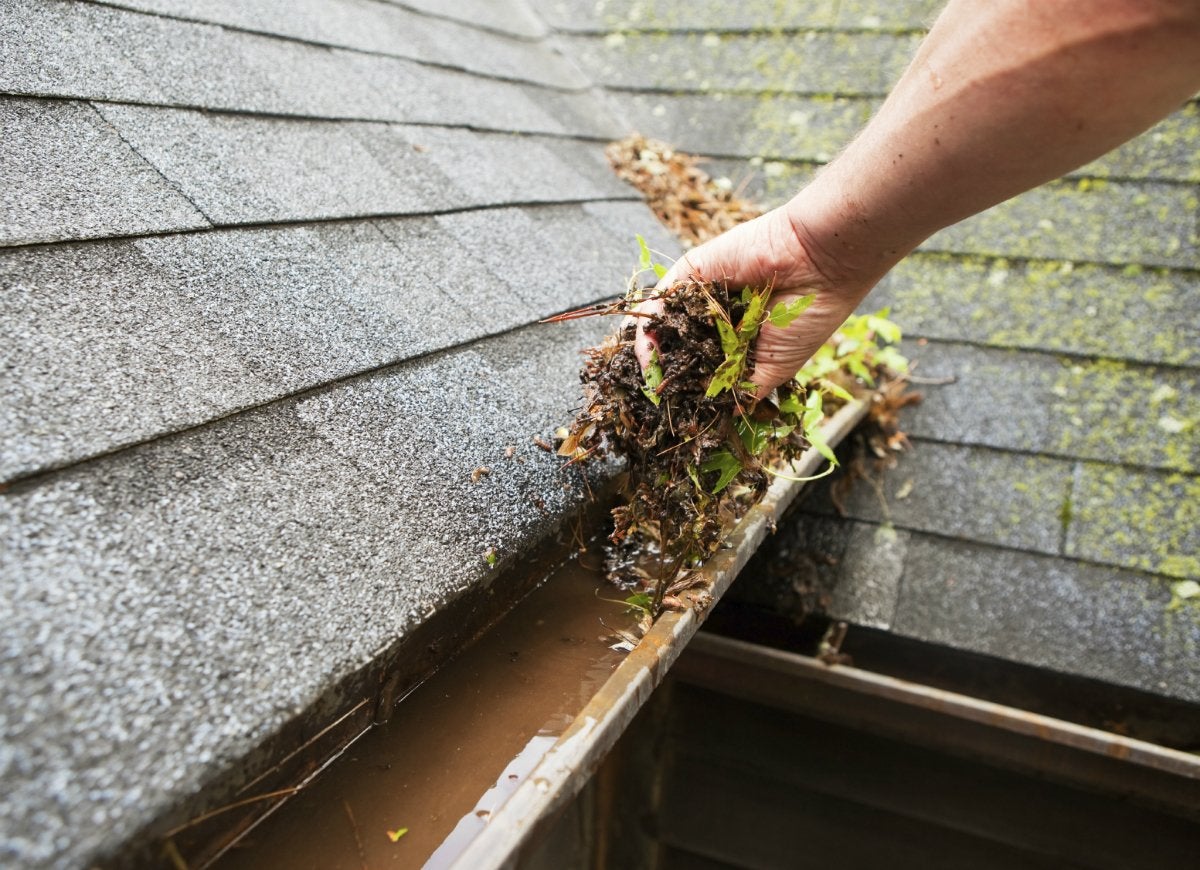
Fallen leaves clog and break gutters, causing water to run over the trough and fall along the foundation line, which can lead to some mighty expensive problems. Clear your gutters of debris in autumn, after the trees have finished losing their leaves. For extra foundation protection, install downspout extensions to direct rainwater away from the house.
Related: Solved! How Often Should I Really Clean My Gutters?
Glaze Old Windows
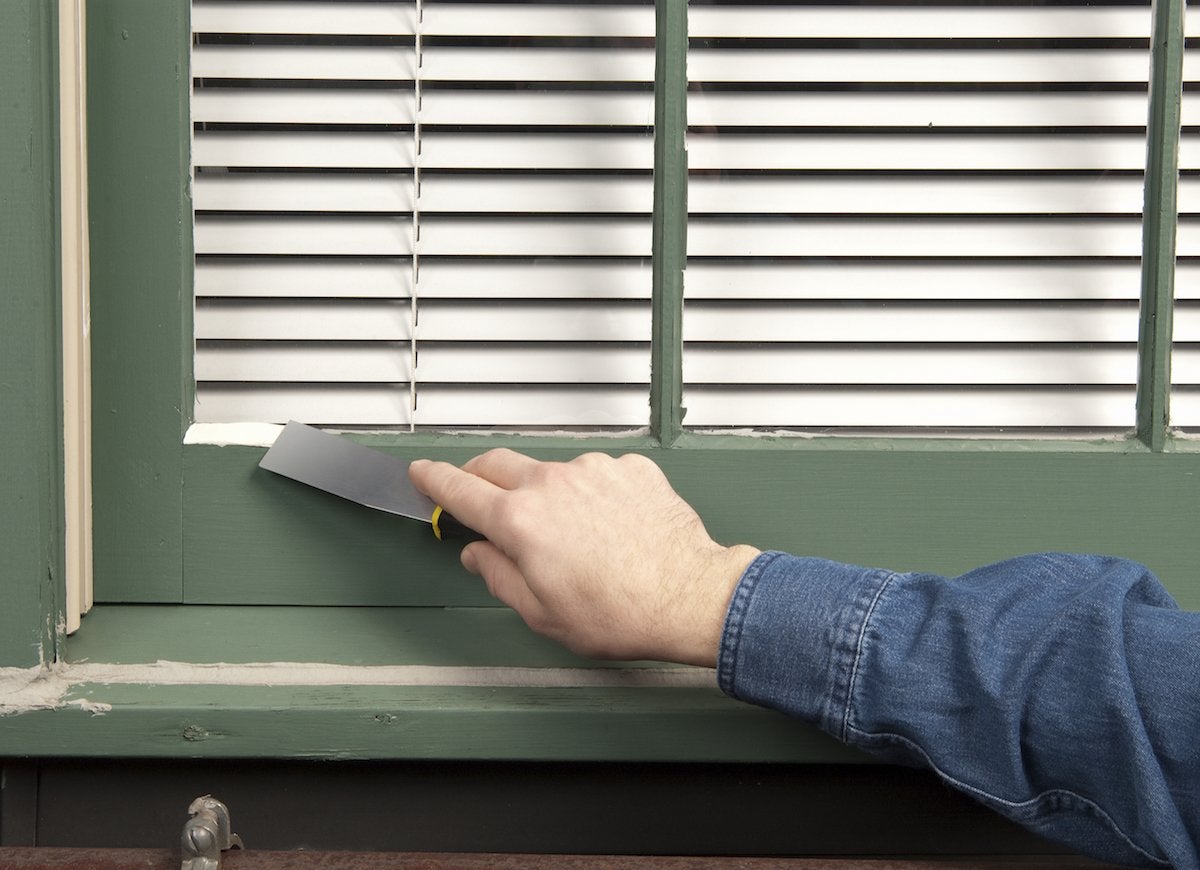
Those vintage windows may make for charming details, but the glazing compound that seals their single panes can shrink and pull away over time, letting both drafts and rain into your home. Scraping off and replacing old glazing is a cheap fix, and you need to do it only once every five or six years.
Related: Drafty Windows? Try These 12 Solutions for Every Budget
Pick Up a Programmable Thermostat
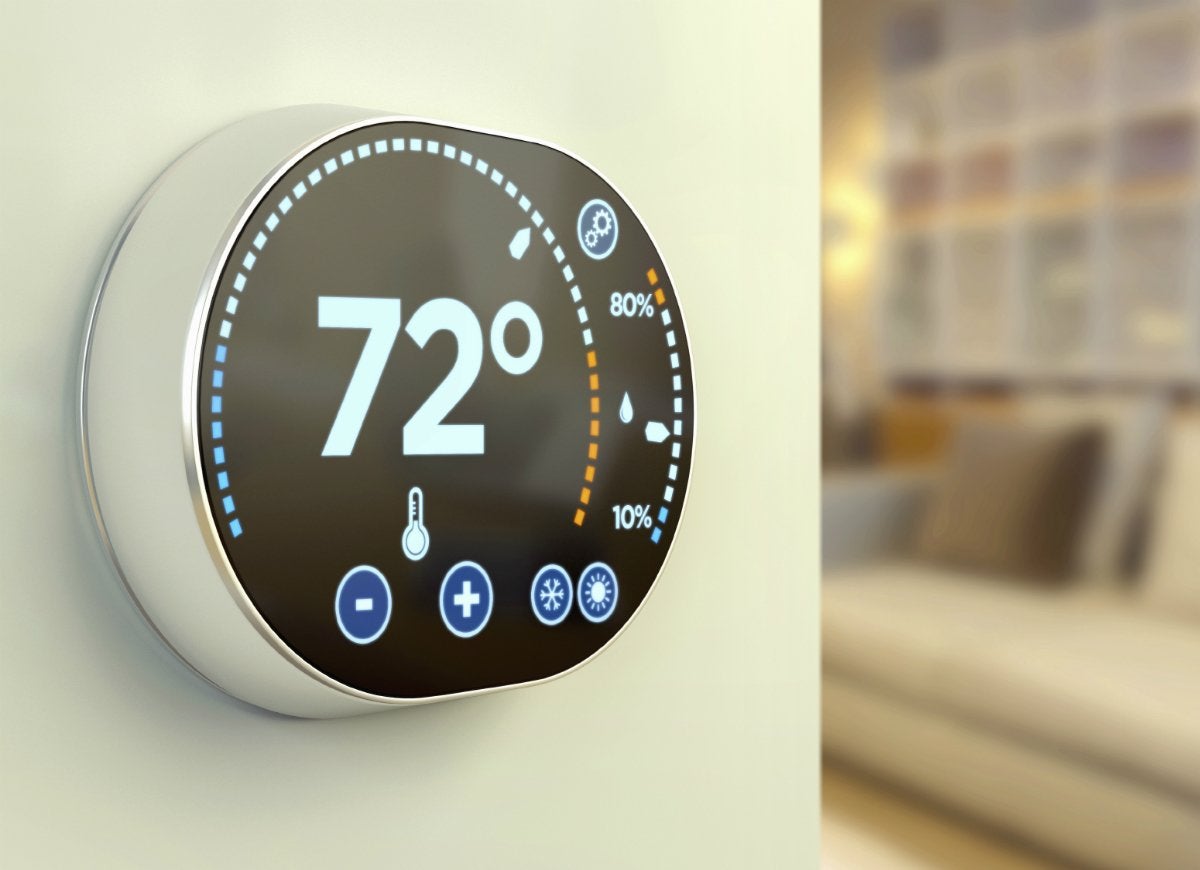
With soaring utility costs, it pays to conserve energy. Why pay to heat or cool your home while you’re at work all day or gone for the weekend? By installing a programmable thermostat, you make your home’s temperature automatically conform to your family’s habits and needs, and keep your utility bill at a reasonable level.
Related: Hello, Homeowners: The 8 Most Useful Apps for Your Phone
Change Light Bulbs

If you haven’t yet, you should make the switch to light-emitting diode bulbs (LEDs). LED bulbs are more energy efficient and longer lasting than incandescent, fluorescent, or halogen lights, thus saving you money on bills and replacements. On top of that, LED bulbs have become smart. Smart LED bulbs, like the GE Lighting ones, connect to your phone and/or home devices and can perform cool functions, such as working as a bluetooth speaker, changing different hues, and turning on automatically when it’s dark out. Not only are these bulbs saving you money, but they’re making life easier.
Replace Toilet Fill Valve
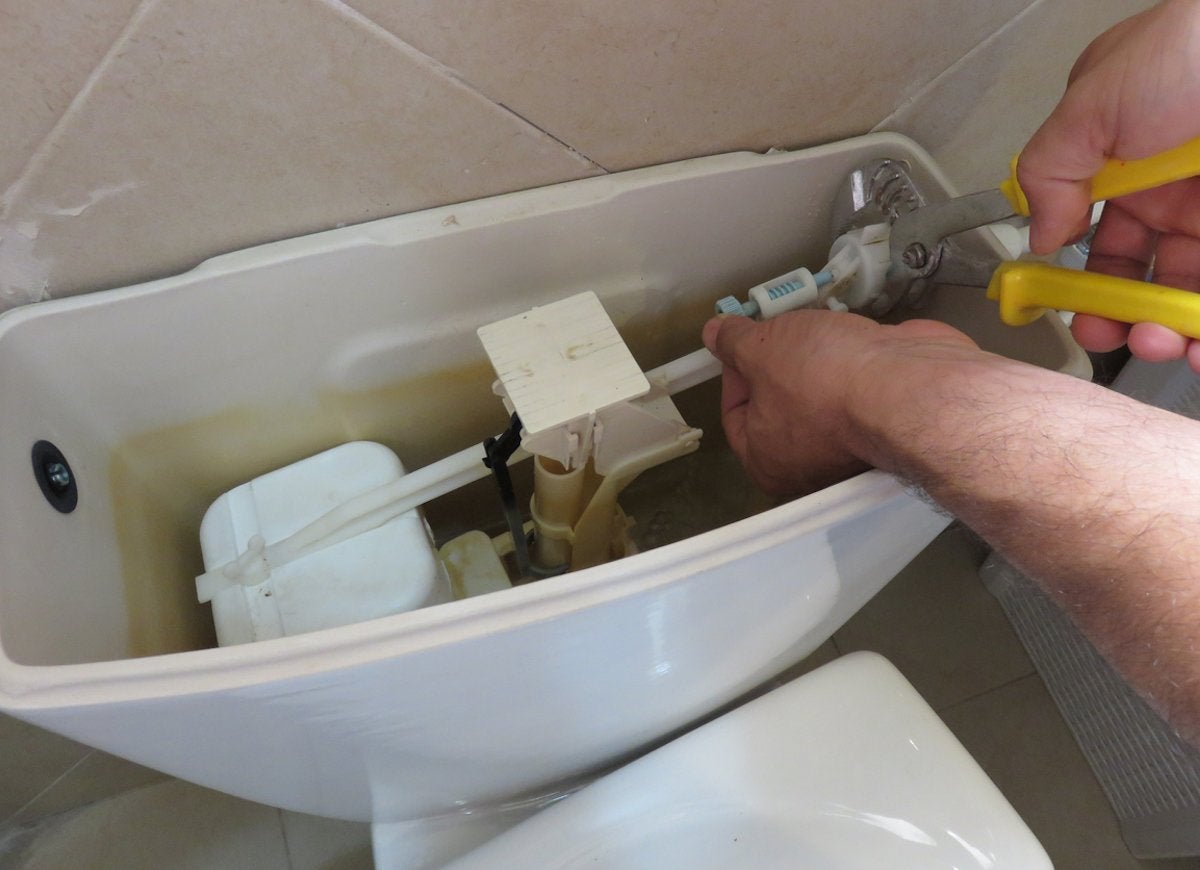
Don’t live another day with a toilet that runs constantly, fills slowly, or flushes weakly. This annoyance wastes water and if not fixed quickly can lead to bigger plumbing problems. Make a quick trip to the hardware store for a new fill valve and fix this yourself.
Sturdy Wobbly Railings
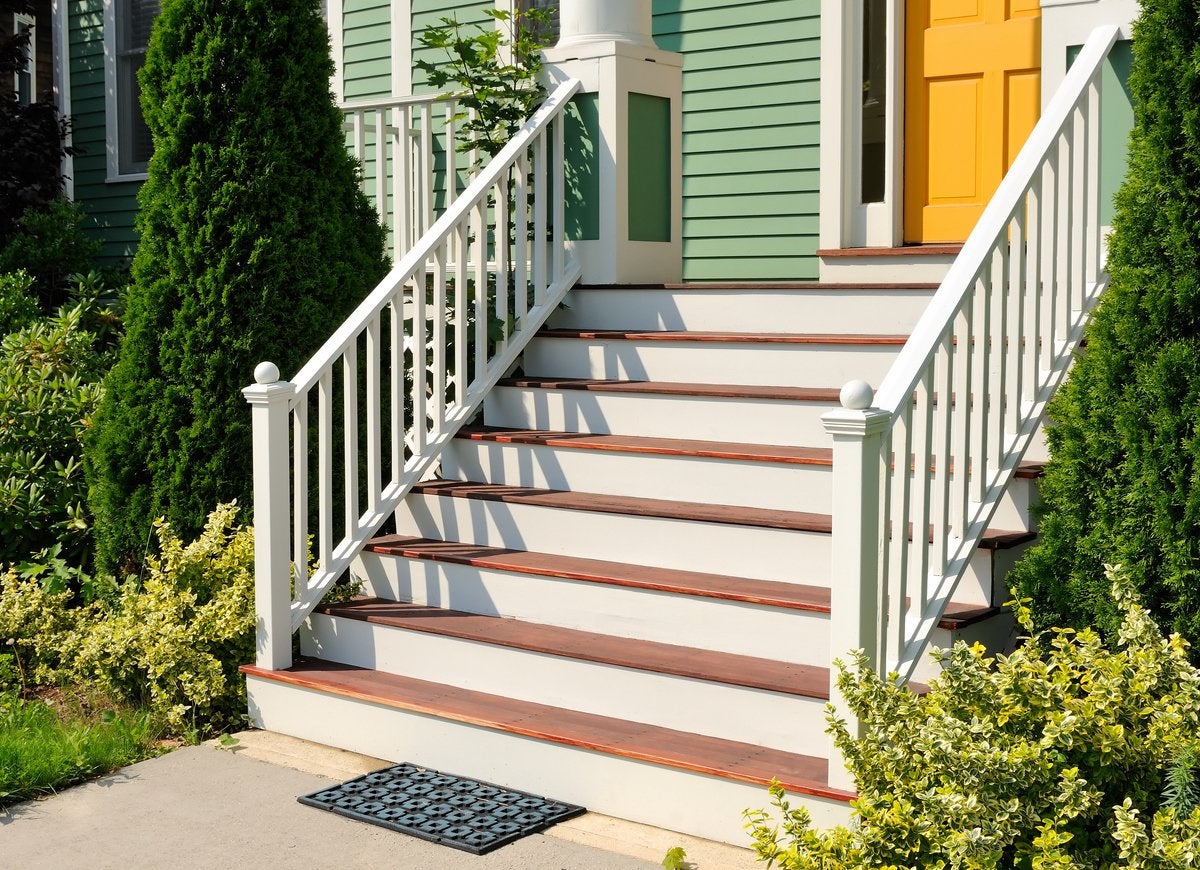
Repairing a wobbly railing is a quick fix: just tighten screws or lag bolts in places that aren’t sturdy. The longer you put off this simple task, the bigger the risk of the railing falling a part. Not only that, but a loose railing (whether it’s for the stairs or deck) is a safety risk. Take care of this maintenance task before it becomes hazardous problem.
Clean the Dryer Vent
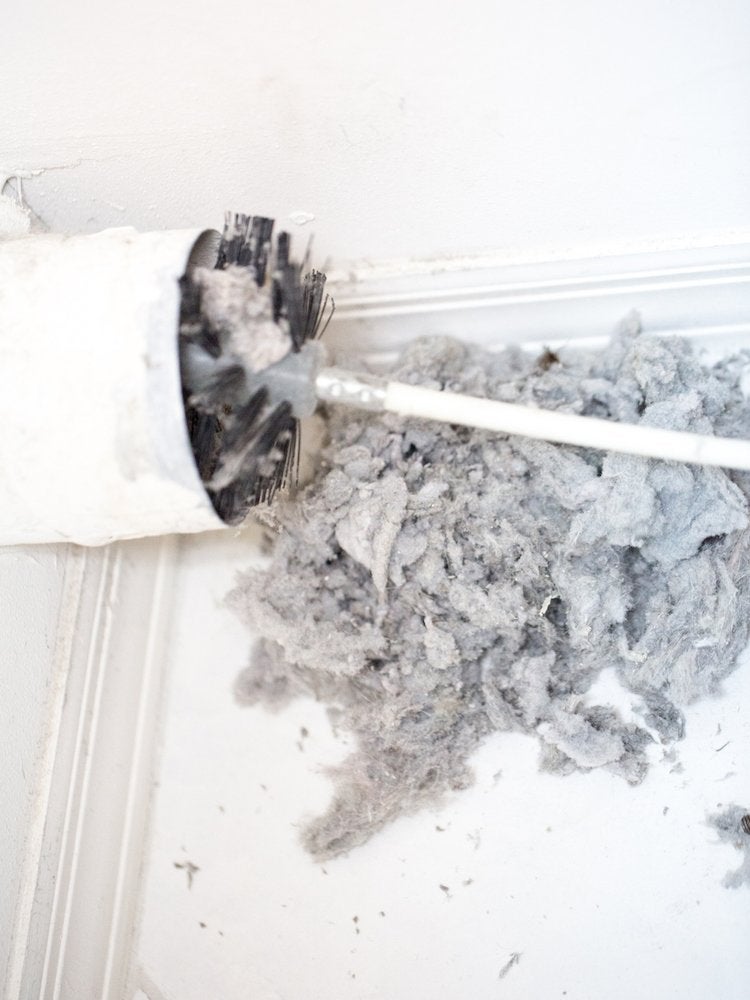
A clogged dryer vent creates an inefficient machine, resulting in as much as $20 extra on your utility bill each month. A much graver concern is that a clogged vent can cause a fire. Rather than running that risk make cleaning the dryer vent a yearly task.
Install a Bathroom Fan
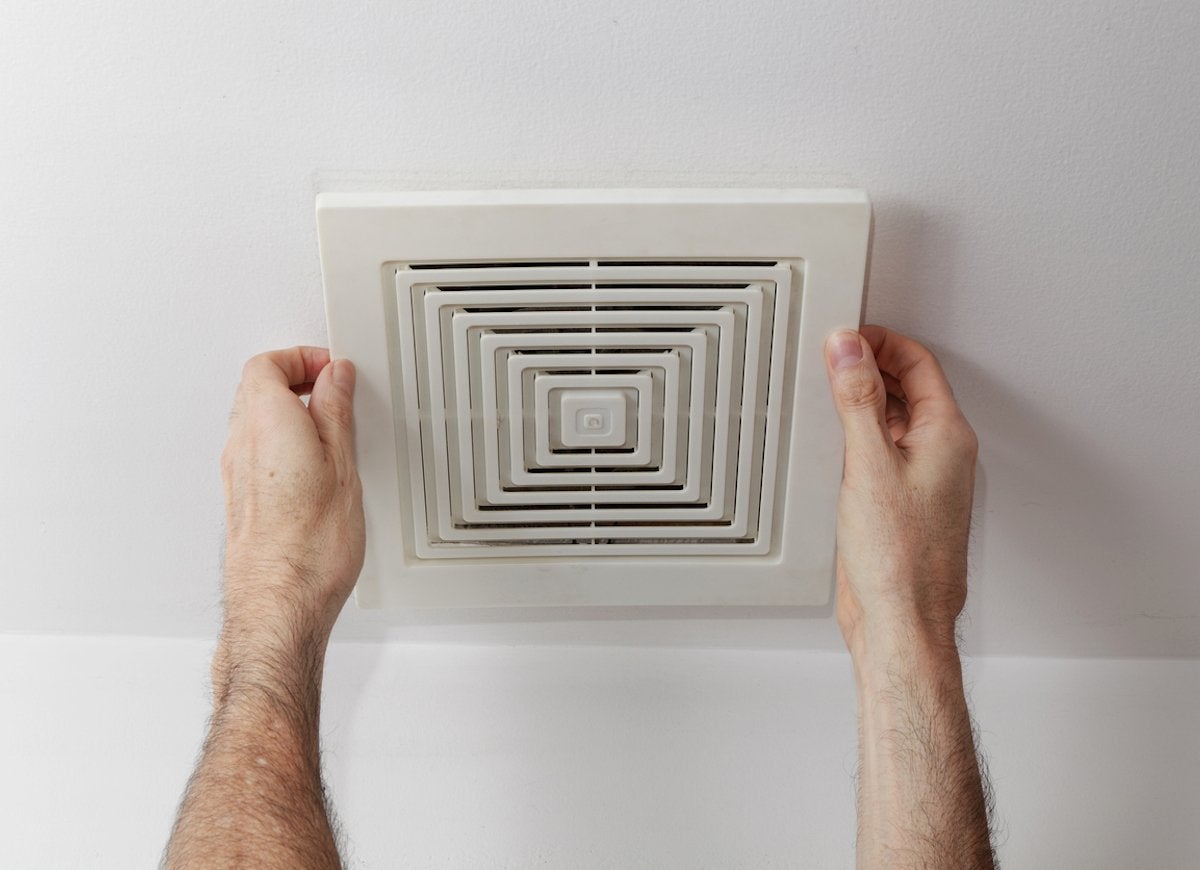
The damp bathroom is a breeding ground for mold and mildew. To save yourself from the gross task of having to clean that up or, even worse, needing to rip out the bathroom because of the nasty fungus, you should install a bathroom fan. Running the exhaust fan during or after your shower will help eliminate the excess moisture—and the potential for a costly cleanup project. Even if you already have a bathroom fan, you might want to upgrade to a newer model that’s more energy efficient.
Related: 8 Ways to Mildew-Proof Your Bathroom

Everything You Need for a Lush and Healthy Lawn
Keeping your grass green and your plants thriving doesn’t just take a green thumb—it starts with the right tools and supplies.

